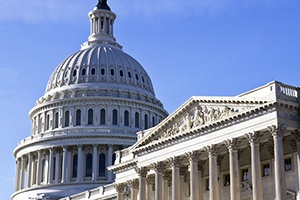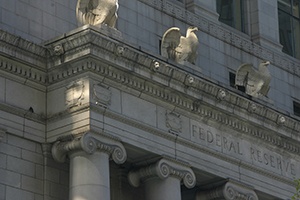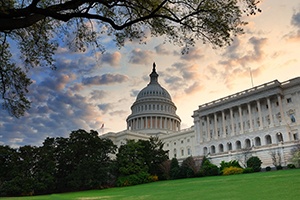The big news today is the collapse of the Republican plan to replace the Affordable Care Act, aka Obamacare. With two more Republican senators declaring themselves unwilling to even vote to have the full Senate debate the bill, it appears that Obamacare will live on, at least for a while.














